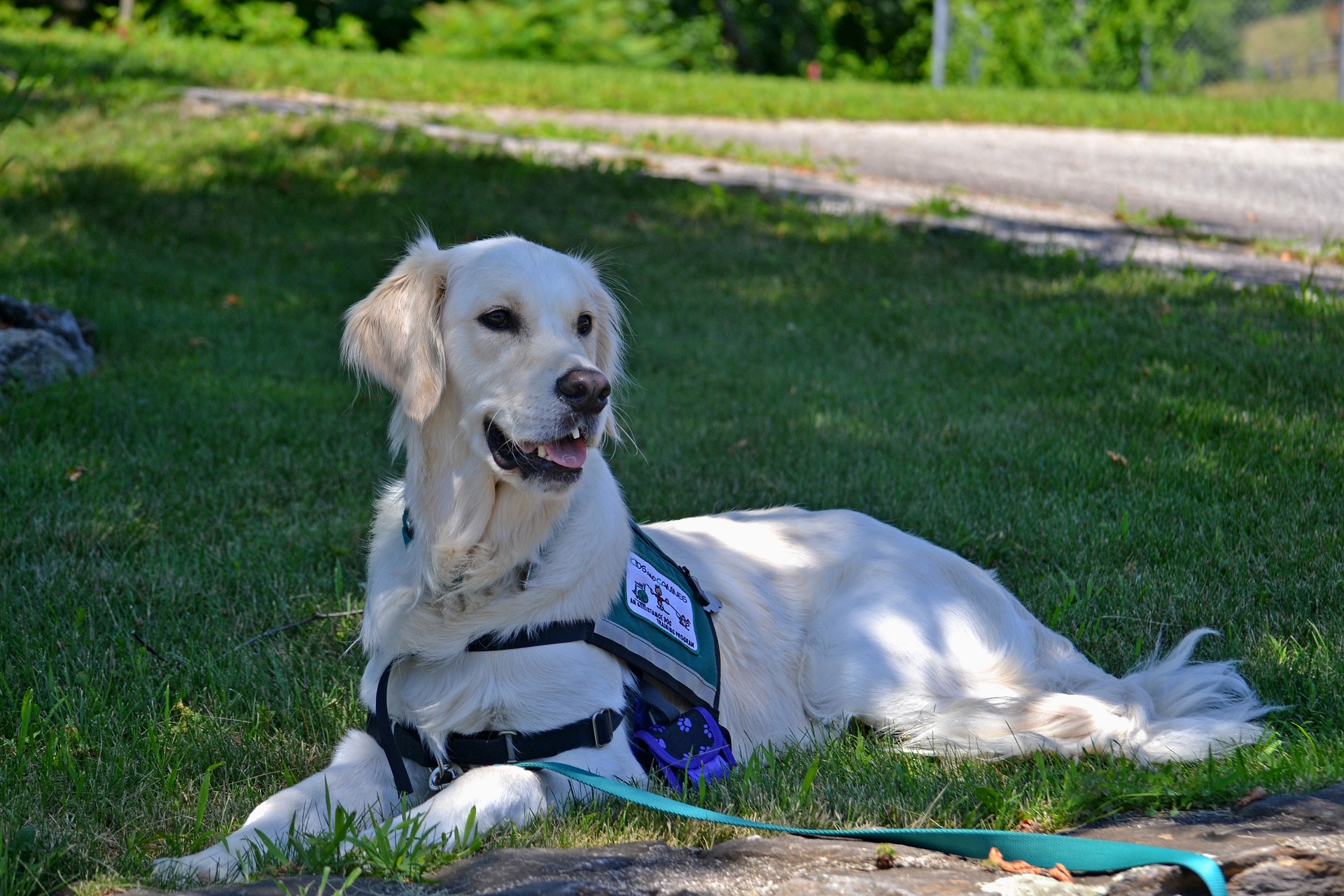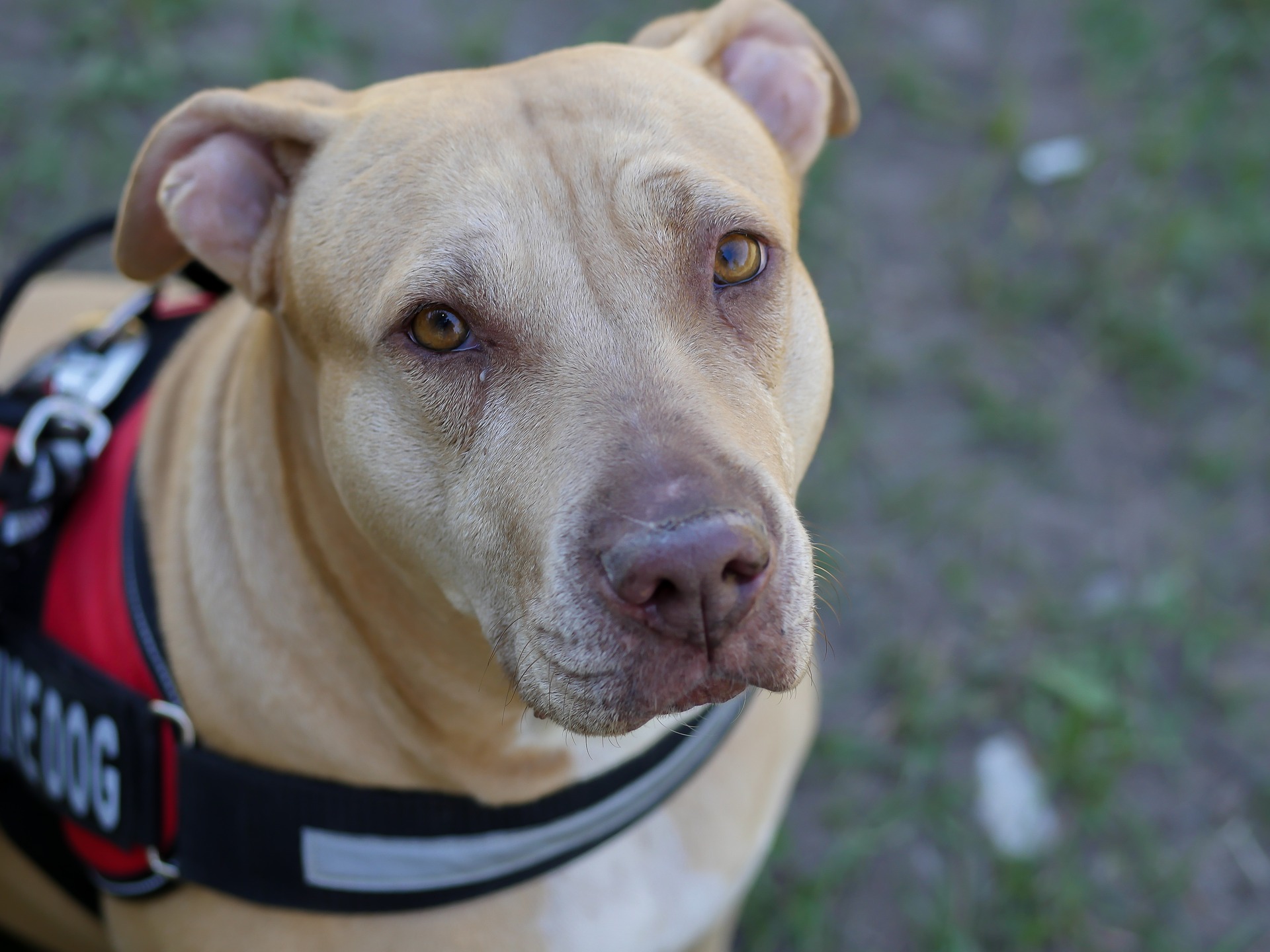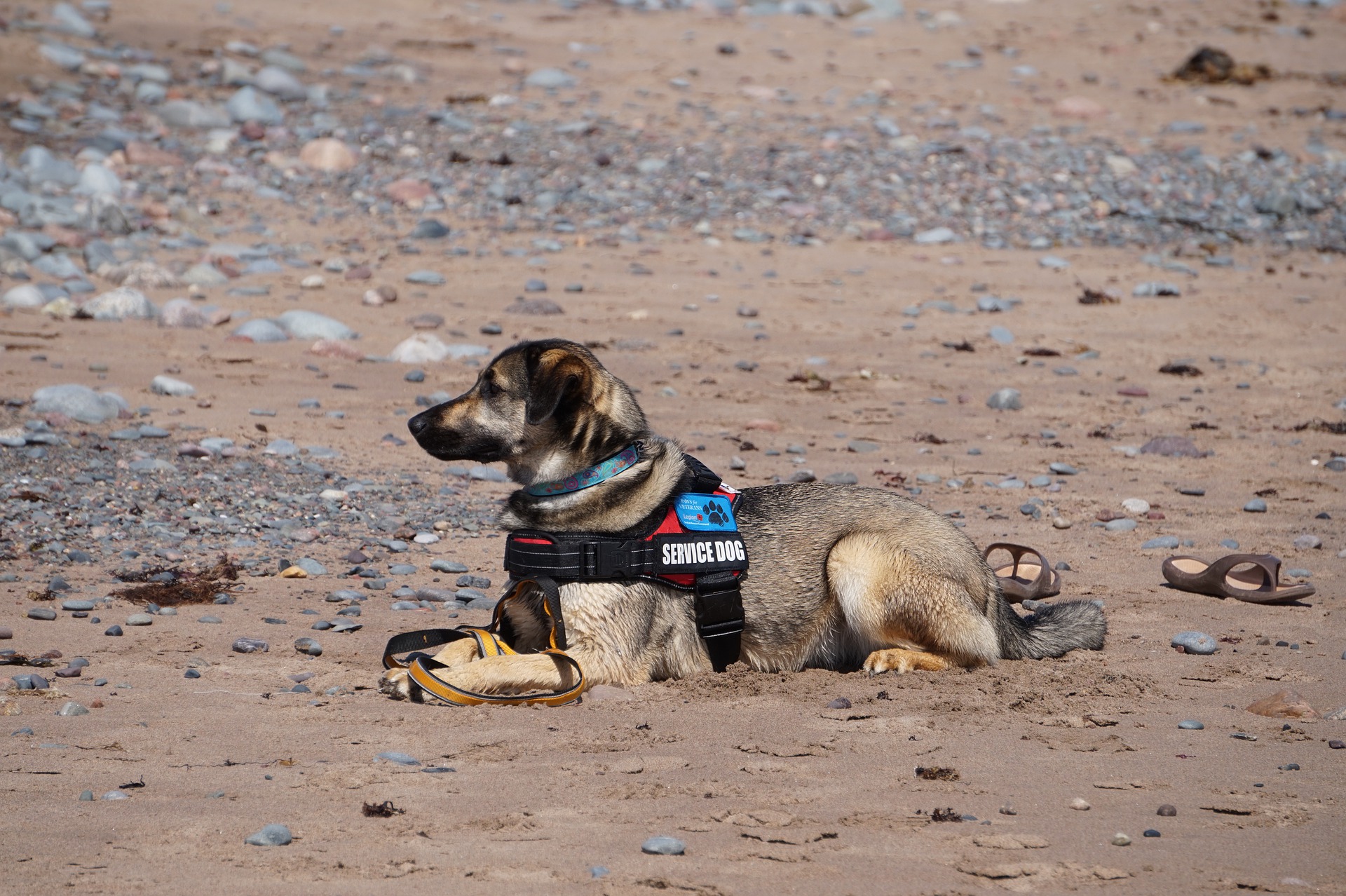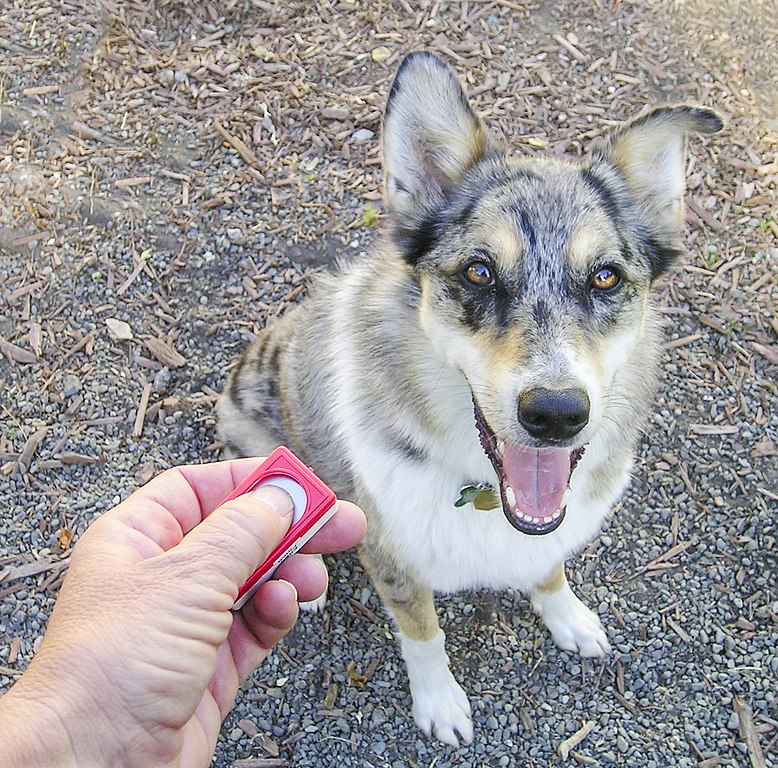- No.1 What Does a Diabetic Service Dog Do?
- No.2 How are Diabetic Service Dogs Trained?
- No.3 It takes around 2 years of training for your dog to become a diabetic service dog.
- No.4 Can You Train Your Own Diabetic Service Dog?
- No.5 How Much Does a Diabetic Service Dog Cost?
- No.6 The Best Diabetic Service Dog Breeds
- No.7 Diabetic Service Dogs Require A Lot of Time and Commitment

Diabetes has affected around 9.3% of the global population as of 2019. It is a condition that mainly affects people over the age of 65, but commonly occurs is people younger too. Not all people with diabetes need a service dog. It is most common for people with hypoglycemia unawareness, which is a condition that affects around 40% of people with type 1 diabetes, to get a service dog. These people are unable to tell if their blood sugar levels are dropping because they do not show any symptoms. This can become incredibly dangerous as if your blood sugar is too low for too long it can result in seizures or put you into a coma. Therefore, a diabetic service dog could help these people miraculously!
No.1 What Does a Diabetic Service Dog Do?
A diabetic service dog, also known as a diabetic alert dog (DAD), isn’t going to replace checking your blood levels, but it is there to warn you if there is an increase or decrease in levels. They can detect if there are high or low sugar levels and prompt you to treat your blood sugars regularly.

Dogs have an incredible sense of smell and diabetic alert dogs are trained to recognize certain smells. For example, your body lets off unique odors when your blood sugar is high (hyperglycemia), or low (hypoglycemia). When your service dog smells your blood sugar levels are at a dangerous state, they will alert you and let you know, or support you and prompt you to stabilize them while you are still capable of doing so.
There are different ways that your service dog can be trained to alert you that something isn’t right:
• Touching you with its nose
• Holding a specific object or toy as a signal
• Jumping on you
• Getting another family member
• Retrieving a cell phone for you
• Bringing you necessary objects like medication
• In severe cases, your dog can dial 911 on a special device.
No.2 How are Diabetic Service Dogs Trained?
The main way that dogs are trained to help diabetics is by training them around the person's saliva in the dog's early stages. A sample of saliva is taken from the diabetic when their blood sugar levels are at their risky point. There are distinct odors in the saliva that the dog will be able to detect at a later stage when their owner needs help with their diabetes.
No.3 It takes around 2 years of training for your dog to become a diabetic service dog.
Your dog will be trained to detect the scent of low or high blood sugar from they are a puppy. The serious, more advanced training begins when your dog is 1-3 years old. This would be training them to alert their owner or know which medication the diabetic person needs.
No.4 Can You Train Your Own Diabetic Service Dog?
There are ways for you to train your own diabetic alert dog, although it is recommended that you get your dog professionally trained to avoid any risks. Diabetes can be life-threatening, so you need to make sure your dog is fully capable of helping you when you cannot help yourself. Your Diabetic Service Dog needs to be certified in order to ensure the owner and service dog are working well together. Recertification happens yearly so be sure to investigate the certification requirements in your area.
It is possible for you to train your puppy to detect the scent of your saliva at a low/high sugar level rate. This can be done by getting a sample of the saliva when the diabetics blood levels are high/low. You put the sample into a zip lock bag and freeze it for future use. To train your dog to detect it, put the scent sample into a porous container and get your dog to sniff it. Once it sniffs it, reward with a treat!

Training your dog to help you when your blood sugar levels rise or drop is a lot more difficult and takes a lot of time. You can do this training in your own way by rewarding your dog and praising them when they take your medicine to you with the chosen command word or by training them to get another family member when you fall to the ground. There are many ways your dog can help you, as noted above, so there are many different things you can train your dog to do.
As it is easier to get your dog professionally trained, it is a lot more expensive. Some people may also prefer if they trained their own dog to do what they wanted them to do. If you decide to train your own diabetic service dog, make sure to get them certified.
No.5 How Much Does a Diabetic Service Dog Cost?
The cost of your service dog will depend on the organization you choose. On average, it costs around 6,500-16,000 euros ($8,000-$20,000). No medical insurance will cover your service dog. They also require the same needs as any other dog such as food, grooming, veterinarian care and licensing.
No.6 The Best Diabetic Service Dog Breeds
• Golden retrievers
• Mixed sporting dog breeds
• Labrador retrievers
• Poodles
No.7 Diabetic Service Dogs Require A Lot of Time and Commitment
Your service dog needs to spend every hour of the day with you to form that special bond and to be able to help you at any time. They are still a dog and they need affection, treats, and walks. They need to adapt to your diabetes regimen! The training is also very time-consuming, but worth it.














